Found an Old Chemistry Set: What Do You Have?
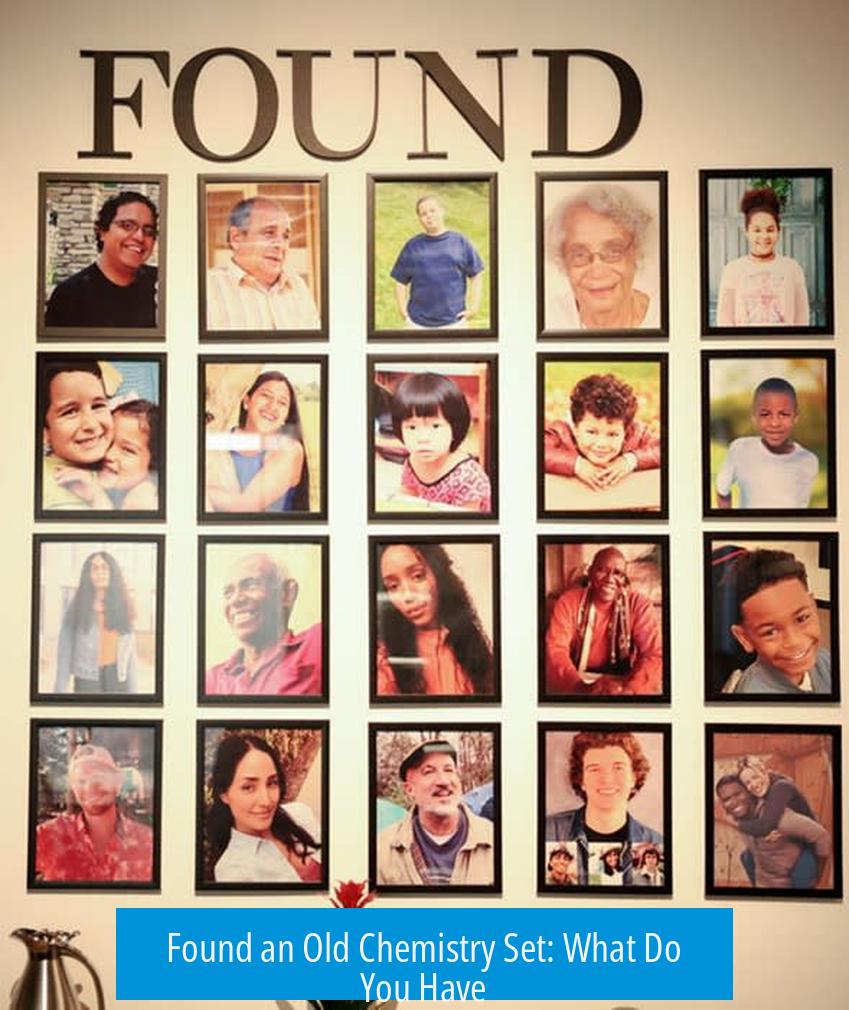
If you have found an old chemistry set, you may be holding a valuable collection of scientific equipment and historical artifacts. Such sets often include glassware, apparatus for distillation and filtration, and specialized items that could be worth hundreds or even thousands of dollars depending on their condition, brand, and rarity. This equipment provides both a chance to perform serious chemical experiments and to own pieces of scientific history.
The Value and Usefulness of Vintage Chemistry Sets
Old chemistry sets can contain a remarkable variety of tools and materials. If your set includes glassware, such as conical flasks, condensers, separatory funnels, and vacuum filters, it may support complex chemistry procedures. High-quality glassware, particularly if from reputable manufacturers, is attractive for practical use or resale.
- Many vintage sets have equipment worth over $2,000 if in good condition.
- Some glass manufacturers today do not produce items of comparable quality.
- Equipment such as distillation apparatus or specially designed gas adapters increases value.
- Medical-grade components like old IV attachments or ampoules carry collector interest.
Aside from financial value, the set can facilitate serious experimental work such as synthesis, distillation, or filtration. Items like gas washing bottles may even be used for specific organic synthesis, like preparing ferrocen.
Historical and Scientific Significance

Old chemistry sets may not just be instruments; they can represent pieces of scientific history. Some sets include items over 50 years old, while others contain newer equipment.
- Items connected with controversial historical figures or treatments might be present, adding historical interest.
- Such equipment could be considered museum-grade or “Smithsonian grade” if linked to notable scientific events.
- Sets affiliated with figures like William Frederick Koch bring particular historical fame or infamy.
The value extends beyond monetary worth and touches on the preservation of scientific heritage.
Identifying Specific Equipment and Their Uses
Your chemistry set likely contains both common and specialized pieces. Knowing the parts helps understand the set’s capabilities and value.
| Item | Description | Potential Use or Value |
|---|---|---|
| Conical Flasks and Caps | Standard glass containers. | Essential for mixing, not very valuable alone. |
| Distillation Equipment with Condensers | Includes Graham condensers for cooling vapors. | Allows purification of liquids, more valuable and useful. |
| Vacuum Filters and Separation Funnels | Used for filtering and liquid-liquid separation. | Enhance experimental options; vacuum filters can be rare. |
| Gas Adapters and Gas Bubblers | Control and treat gases in reaction setups. | Used in advanced chemistry; some may be custom, increasing rarity. |
| Ampoules and IV Attachments | Medical-grade glassware. | Attract collectors and may have historical value. |
| Potassium Permanganate | Common oxidizing reagent. | Useful chemical for experiments. |
Correct measurement of joint sizes on glassware is important for valuation and resale. Custom or branded parts command higher prices.
Cleaning and Handling Your Chemistry Set

Before using or selling the contents of your old chemistry set, thorough cleaning is essential. Residual chemicals can cause unintended reactions or damage the glassware.
- Use appropriate solvents based on the nature of residues.
- Inspect for cracks or damage before experimental use.
- Wear protective gear when handling old chemicals or fragile glassware.
Properly cleaned and maintained equipment remains functional and attractive to buyers or collectors.
Options for Preservation, Use, or Sale
Where possible, retaining the set for personal use or educational purposes offers the greatest enjoyment. If keeping it is not feasible, consider selling to collectors, educators, or professionals.
- Catalogue and identify each item. Documentation increases buyer confidence.
- Used glassware from brands like Pyrex or Kimax tends to sell better but can take time.
- Online marketplaces such as eBay provide platforms for sales but may have competition.
- Specialized collectors may pay premiums for rare or custom pieces.
- Some institutions or museums might express interest in historically significant items.
The market for vintage chemistry equipment fluctuates. Not all items command high prices, but significant pieces do.
Cultural and Emotional Aspects
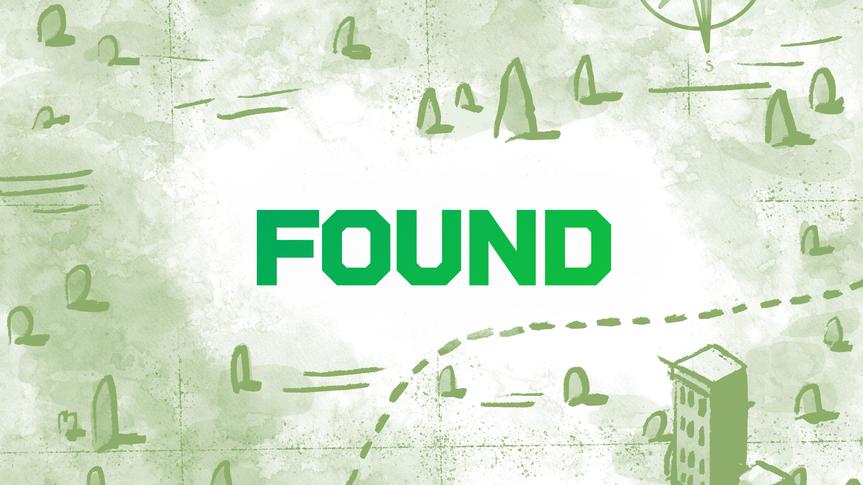
Finding such a set excites those passionate about science. It can bring nostalgic and cultural connections, especially for individuals with family links to notable scientific figures or regions.
Humor often accompanies discoveries in online discussions, referencing famous science shows or fictional labs, reflecting the enthusiasm of chemistry enthusiasts.
Key Takeaways
- Old chemistry sets may contain glassware and chemicals worth hundreds to thousands of dollars.
- High-quality or specialized equipment like distillation condensers and vacuum filters increase value.
- Some items may have historical significance linked to notable figures or events.
- Cleaning and identifying your set’s components is crucial for safety and valuation.
- Options include personal use, sale to collectors or educators, or donation to museums.
- Online sales require patience and proper documentation of items.
Found an Old Chemistry Set. What Do I Got Here?

You’ve stumbled upon a treasure trove, a genuine jackpot of chemistry equipment with a lot to offer. Forget a dusty box of old junk—this is a stash brimming with potential, history, and value. Whether you’re a science hobbyist, a collector, or a curious passerby, this chemistry set is worth your attention.
Found an old chemistry set? Let’s delve into what exactly you’ve got here, why it is special, and what you can do with it. Let’s take a candid, no-nonsense tour through the glassware and gadgets you’re now owner of.
So, What’s in the Box? Real Value, Real Gear
This isn’t your run-of-the-mill child’s toy. You’re holding equipment capable of serious chemical experimentation. The glassware alone—conical flasks, separatory funnels, vacuum filters—is the stuff of any serious home or professional chemist’s dreams.
Experts and enthusiasts estimate you’ve got well over $2,000 worth of gear here. In fact, some say you could rake in a small fortune just by parting it out on the market. A set like this, complete with vintage glassware often made with superior quality hard-to-find today, is a rarity. And yes, it’s all for free? You *really* struck gold!
Not all pieces are antiques—some gear is less than 50 years old and still in remarkable condition. The glass quality is often better than modern mass-produced items. Ever heard of Pyrex or Kimax? Old Pyrex, in mint shape, holds value way above many newer sets.
A Walk Through History: More Than Just Chemistry
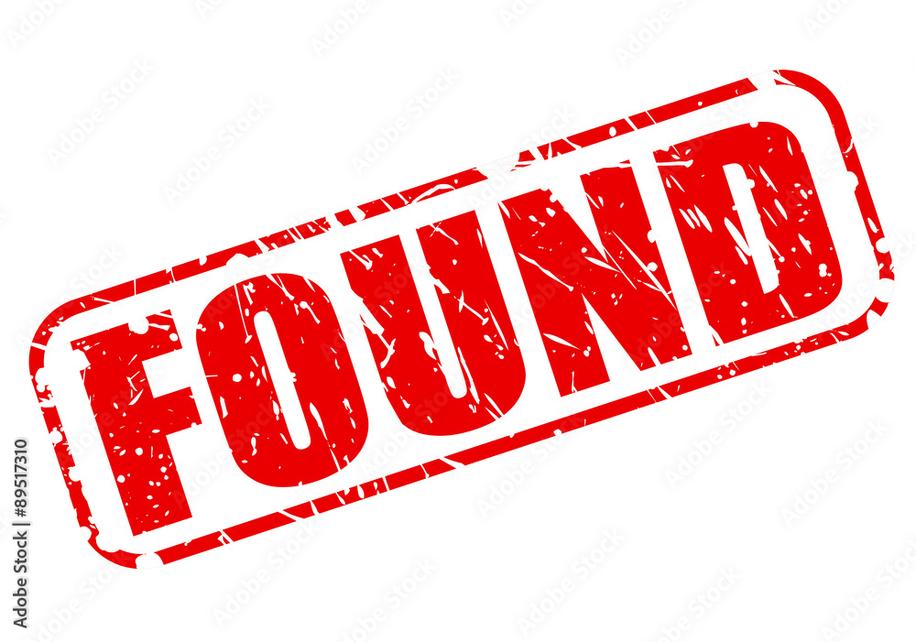
Turns out, this is not just any chemistry set—it’s a piece of history. Some bits and bobs might link back to William Frederick Koch, a controversial figure with ties to some infamous medical claims. Yes, there’s some quackery in that story, but the equipment carries historical significance.
Picture this: Smithsonian-grade stuff in your hands. It’s not merely glassware; it’s a story, a snapshot of past scientific pursuit, however flawed it may have been. People interested in medical history or even scientific fraud investigations might see serious value here.
Curious about the backstory? You can explore William Frederick Koch’s history or dive into analysis of his treatments over at Quackwatch. This isn’t just a hands-on kit; it’s a conversation starter about science and ethics.
Spotlight on the Equipment: What Makes It Special?
What exactly did you find? Apart from generic flasks and caps, your set boasts some genuinely impressive items:
- Graham condenser: A large piece that helps cool gases back into liquids during distillation.
- Vacuum filters and manifold: Tech that filters samples under reduced pressure, often used in labs for refined chemical separation.
- Gas bubblers and custom adapters: These let you manage gas flows for reactions under controlled conditions, crucial for cutting-edge chemistry experiments.
- Separatory funnels: Classic tools for liquid-liquid extraction.
- Medical-grade components: Some old-school IV attachments and ampoules add a vintage medical vibe, potentially intriguing to collectors.
- Potassium permanganate: A staple reagent sitting in the set, useful for oxidation reactions.
- Gas washing bottles: Key pieces for experiments like synthesizing ferrocene, requiring inert atmospheres with sulfuric acid and nitrogen gases.
This isn’t a casual chemistry kit; it’s a fully equipped mini-lab. If you enjoy chemistry and fine glassware, you hit the mother lode.
What Should You Do With This Chemistry Jackpot?
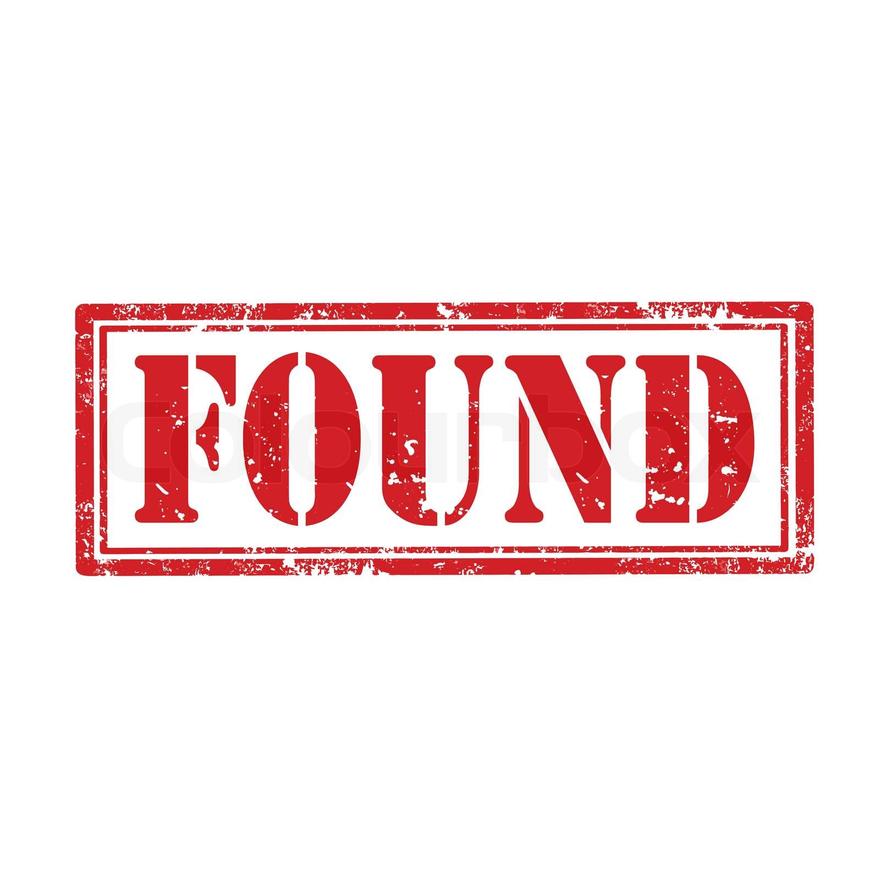
First, take a deep breath. Clean all the glassware thoroughly—no one wants a surprise chemical reaction from leftover residues. Safety first! If you’re dabbling in experiments, your lab gear is ready for action.
Thinking about selling? The market exists, but be smart. Brand name old glassware (like Pyrex) sells for more, but most used pieces can take time to find buyers. Sites like eBay host many sellers, so competition is fierce.
- Organize the collection.
- Identify each piece’s size and brand where possible.
- Take clear photos and describe condition meticulously.
- If some items are unidentifiable, ask experts or reach out online for help.
Collectors paying top dollar seek quality and verifiable brand names. Offering the full set or high-value components like the Graham condenser separately might maximize your return.
If you prefer to keep it, go for it! You’re now armed and ready to cook up fascinating chemistry experiments. Think about recreating classic organic syntheses or gas reactions requiring inert atmospheres. Your set is a gateway to rediscovering the joys of hands-on science.
A Little Fun, Because Science Should Spark Joy
Let’s not forget the humor intertwined with such finds. Comments flow in like:
“I could smoke weed out of 90% of what you’ve got here.” “Meth lab material right there—Breaking Bad style!” “Let’s cook! Science rules!” “What you really should do is make prop dope and make bank.” 🤣
While suggested mostly in jest, the excitement is real. Chemistry is thrilling, and this set lets you channel a bit of that mad scientist energy. Just keep it legal and safe, okay?
Sharing the Experience: Emotional Highlights
Imagine being the lucky soul who uncovers this cache out of the blue. Emotions run high—jealousy from fellow enthusiasts, amazement at the collection’s breadth, curiosity about the stories behind individual pieces. “I’m so incredibly jealous,” one admirer laments after trying to source decent labware for months on a shoestring budget. Your find is that rare opportunity many dream of.
Also, an intriguing family anecdote pops up: “I might be related to William Koch.” Suddenly this old kit connects people across generations and histories.
Final Thoughts: What Do You Really Have?
You’ve got more than just an “old chemistry set.” You’re holding equipment capable of real chemistry, a piece of scientific and medical history, and potentially a valuable collection. Whether you decide to sell it or experiment with it yourself, treat it with respect and curiosity.
This is a golden chance to explore the art and science of chemistry with tools that have stood the test of time. From the classic glassware to rare accessories, your chemistry set is a window into the scientific past—and it’s ready for the future, too.
Now, what’s the first experiment you’re going to try?
What is the approximate value of an old chemistry set with vintage glassware?
Depending on the equipment, it could be worth hundreds or even thousands of dollars. Some quality glassware and distillation parts are highly valuable to collectors and labs.
How can I identify and sell parts of my chemistry set?
Start by checking joint sizes and brand markings like Pyrex or Kimax. Listing detailed photos and descriptions helps on sites like eBay. Rare or custom pieces usually sell better.
Is it safe to use old chemistry glassware for experiments today?
Only if thoroughly cleaned and free of unknown residues. Old glassware can still be usable but be cautious about any leftover chemicals or damaged parts.
Does the historical background of a chemistry set affect its worth?
Yes, sets linked to notable figures or rare eras can be considered collectibles. Pieces with medical or scientific history might interest museums or specialized collectors.
Are there communities or experts who can help identify and value vintage chemistry equipment?
Yes, sites like Quackwatch or chemistry collector forums can provide information. Reaching out to experts can increase the chance of proper evaluation and sale.




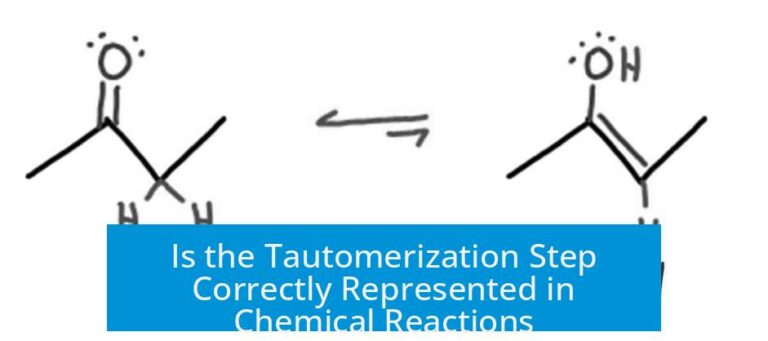
Leave a Comment